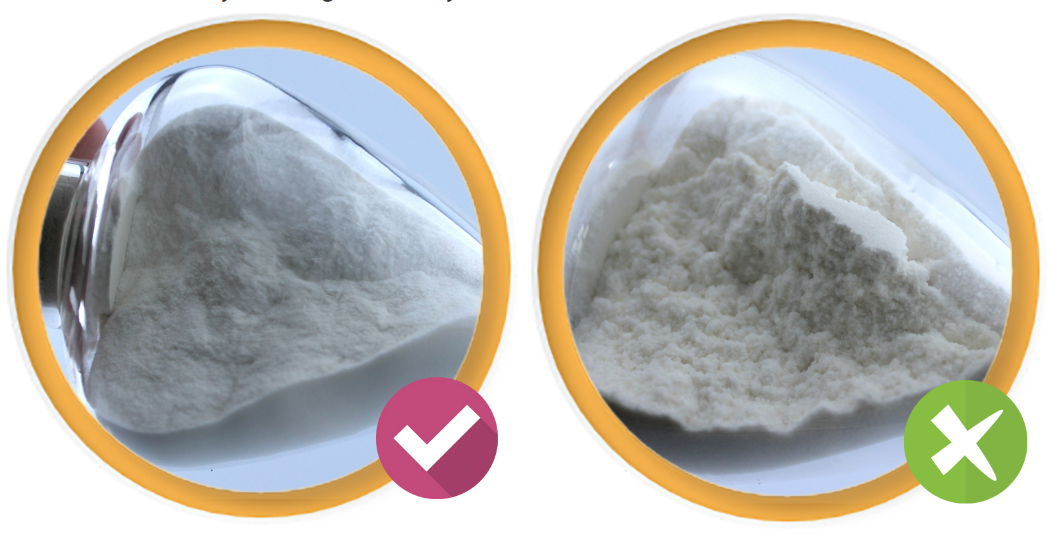
నవం . 06, 2024 08:06 Back to list
Exploring the Solubility of HPMC in Various Solvent Environments and Applications
Understanding HPMC Solubility Implications and Applications
Hydroxypropyl Methylcellulose (HPMC) is a versatile cellulose ether widely used in various industries, especially in pharmaceuticals, food, and construction. One of the critical properties that dictate its usability is its solubility behavior. Understanding HPMC solubility is essential for formulating effective products and ensuring desired performance characteristics.
What is HPMC?
HPMC is a semi-synthetic polymer derived from natural cellulose. It is produced through a series of chemical modifications to cellulose, leading to a compound that boasts a unique combination of hydrophilicity and hydrophobicity. The presence of hydroxypropyl and methoxy groups enhances its solubility in water and organic solvents, making it a popular choice in formulations requiring film-forming, thickening, and stabilizing capabilities.
Factors Influencing HPMC Solubility
HPMC solubility is influenced by several factors, including
1. Degree of Substitution (DS) The degree of substitution refers to the average number of substituent groups attached to a cellulose molecule. Higher DS typically correlates with improved solubility in water. For instance, HPMC with a higher methoxy group content tends to dissolve more readily, fostering cheaper and effective formulations.
2. Viscosity Grade HPMC is available in various viscosity grades, which are determined by the molecular weight of the polymer. Higher viscosity grades may exhibit slower dissolution rates depending on the conditions, while lower viscosity grades might dissolve quickly yet provide less thickening power, highlighting the balance required in formulation design.
3. pH Levels The solubility of HPMC is also pH-dependent. In acidic or neutral conditions, HPMC generally displays good solubility. However, extreme pH levels can affect the polymer's solubility and integrity, thus impacting its performance in diverse applications.
hpmc solubility

4. Temperature Temperature plays a crucial role in dictating the kinetics of HPMC solubility. Increased temperatures generally enhance solubility, enabling quicker formation of solutions. Temperature considerations are particularly paramount in manufacturing environments where consistency and quality are critical.
Applications of HPMC Based on Solubility
The solubility characteristics of HPMC make it integral across numerous applications
1. Pharmaceuticals In pharmaceuticals, HPMC serves as a binding agent, film former, and controlled-release agent in tablet formulations. Its solubility impacts drug release rates, which can enhance therapeutic effects while reducing side effects. Moreover, HPMC's ability to form hydrogels allows for improved drug delivery systems.
2. Food Industry HPMC is widely utilized as a food additive, contributing to texture, moisture retention, and stability in various products, from sauces to baked goods. Its solubility affects mouthfeel and overall product quality, making it vital in food science.
3. Construction In the construction sector, HPMC functions as a thickener and water-retaining agent in mortars and adhesives. Its solubility influences the workability and performance of the compound, impacting everything from setting times to adhesion properties.
Conclusion
In summary, HPMC solubility is a significant factor that influences its effectiveness across diverse applications. Understanding the interplay between degree of substitution, viscosity, pH, and temperature can lead to better formulations and optimized product performance. As industries seek to innovate and enhance product quality, exploring the nuances of HPMC solubility will remain a focal point for researchers and formulators alike. By harnessing this knowledge, stakeholders can ensure that HPMC continues to meet the ever-evolving demands of the market.
-
tile-bonding-additives-for-stronger-bonds
NewsAug.22,2025
-
construction-grade-rdp-for-wholesale-needs
NewsAug.22,2025
-
trusted-wholesale-hec-partners
NewsAug.22,2025
-
hec-solutions-for-industrial-excellence
NewsAug.22,2025
-
construction-additives-need-hpmc-essentials
NewsAug.22,2025
-
hpmc-versatile-cellulose-ether-for-industries
NewsAug.22,2025







